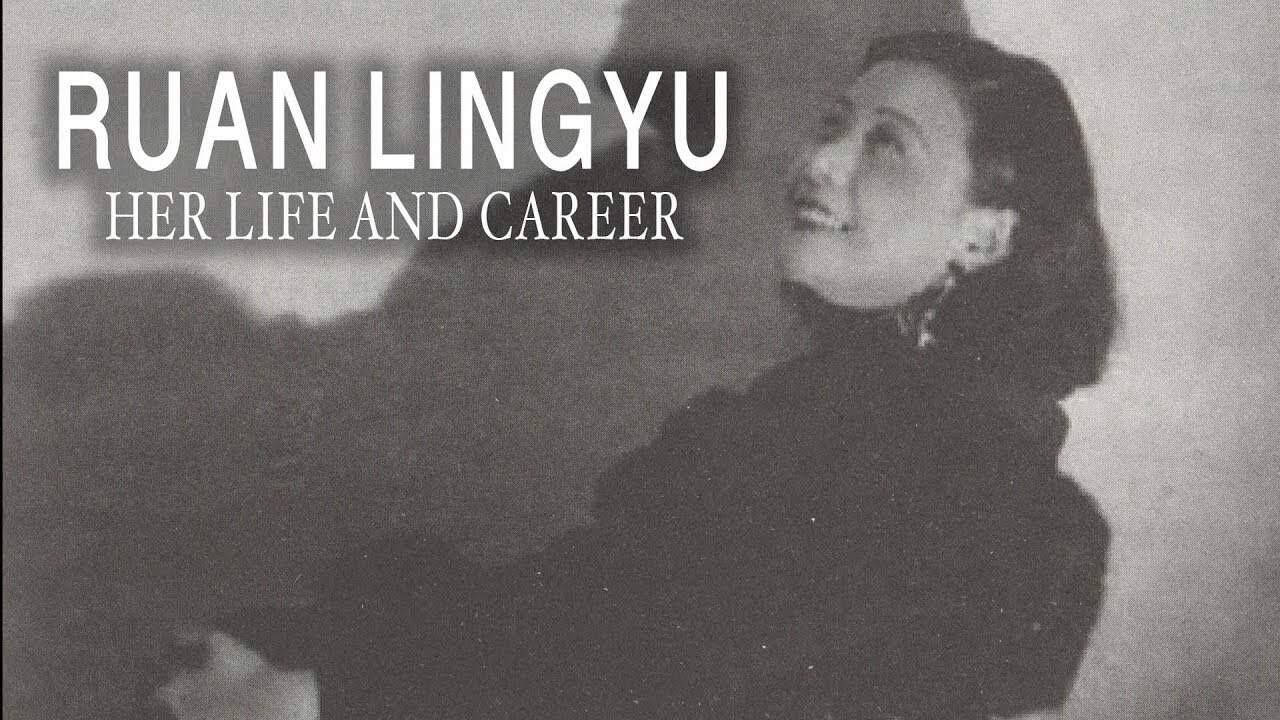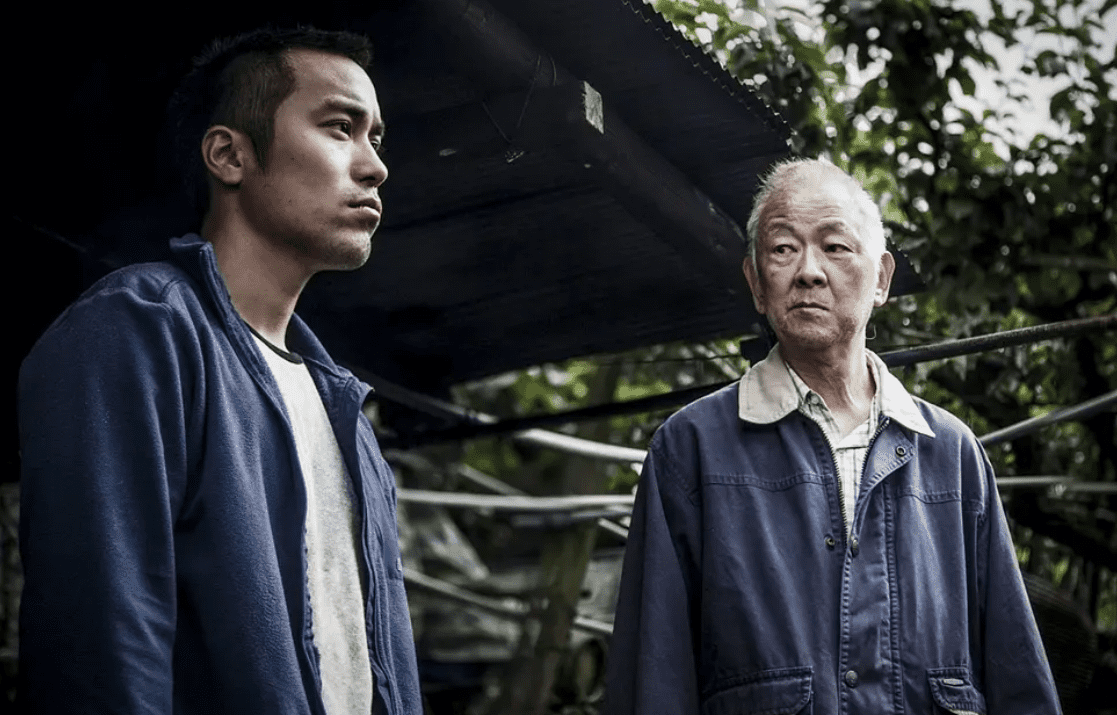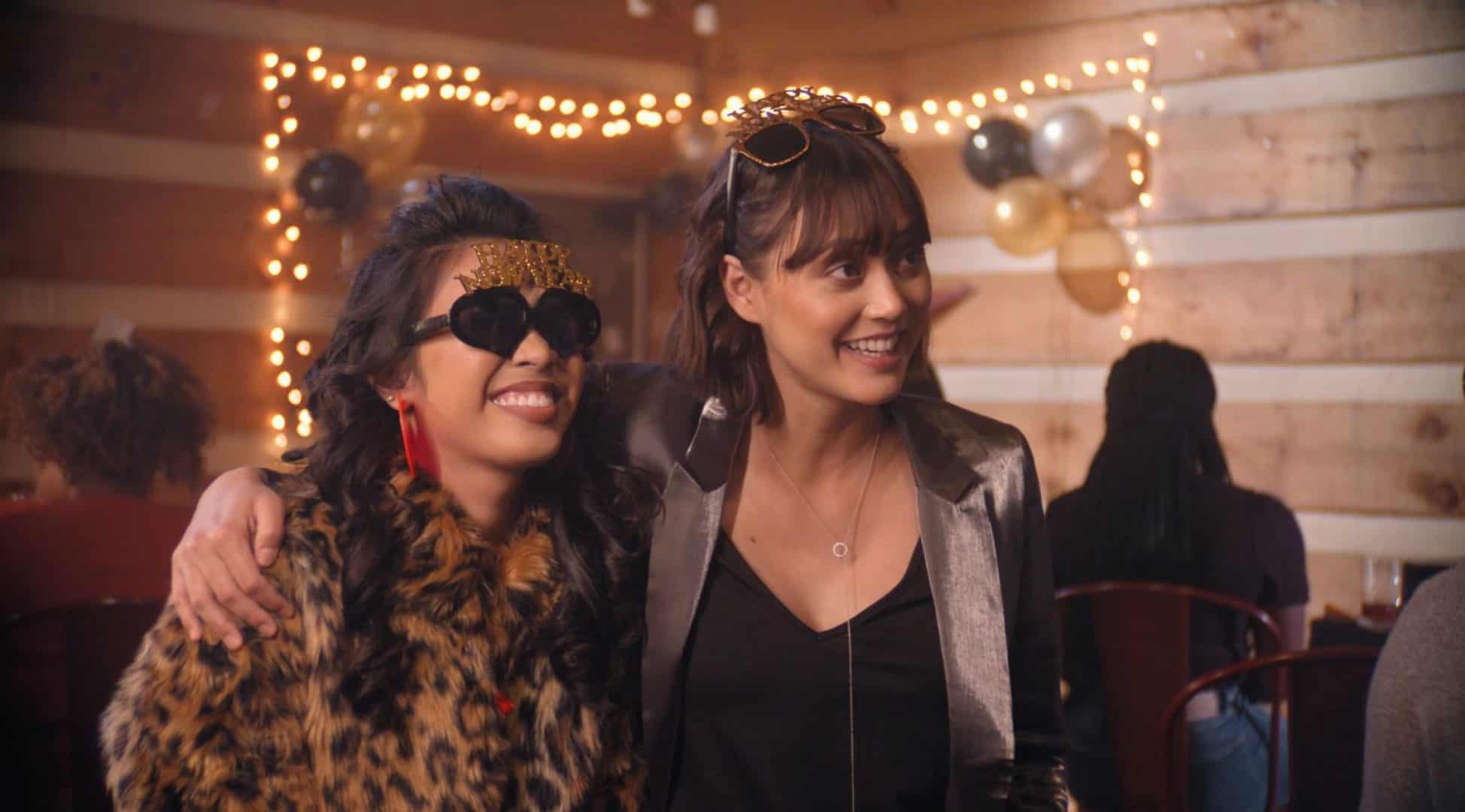“Tetsuo II is neither an abandoned child, nor a child smothered in love. He's kind of a cynical, a child with mixed feelings.”
(Shinya Tsukamoto on “Tetsuo II: Body Hammer”)
After his debut feature “Tetsuo: The Iron Man” had gained him a reputation among independent film circles internationally, Shinya Tsukamoto became one of the most interesting artists coming from Japan. 1989, the year of the film's release, as well as the following years, would be a busy time for the director who received numerous offers for other features, and for music videos along with the opportunity to work abroad. However, he was more interested in perfecting his style and the themes he had begun in the first “Tetsuo”-film, and while the first entry was still in production, Tsukamoto was already planning a possible sequel to the film.
Buy This Title
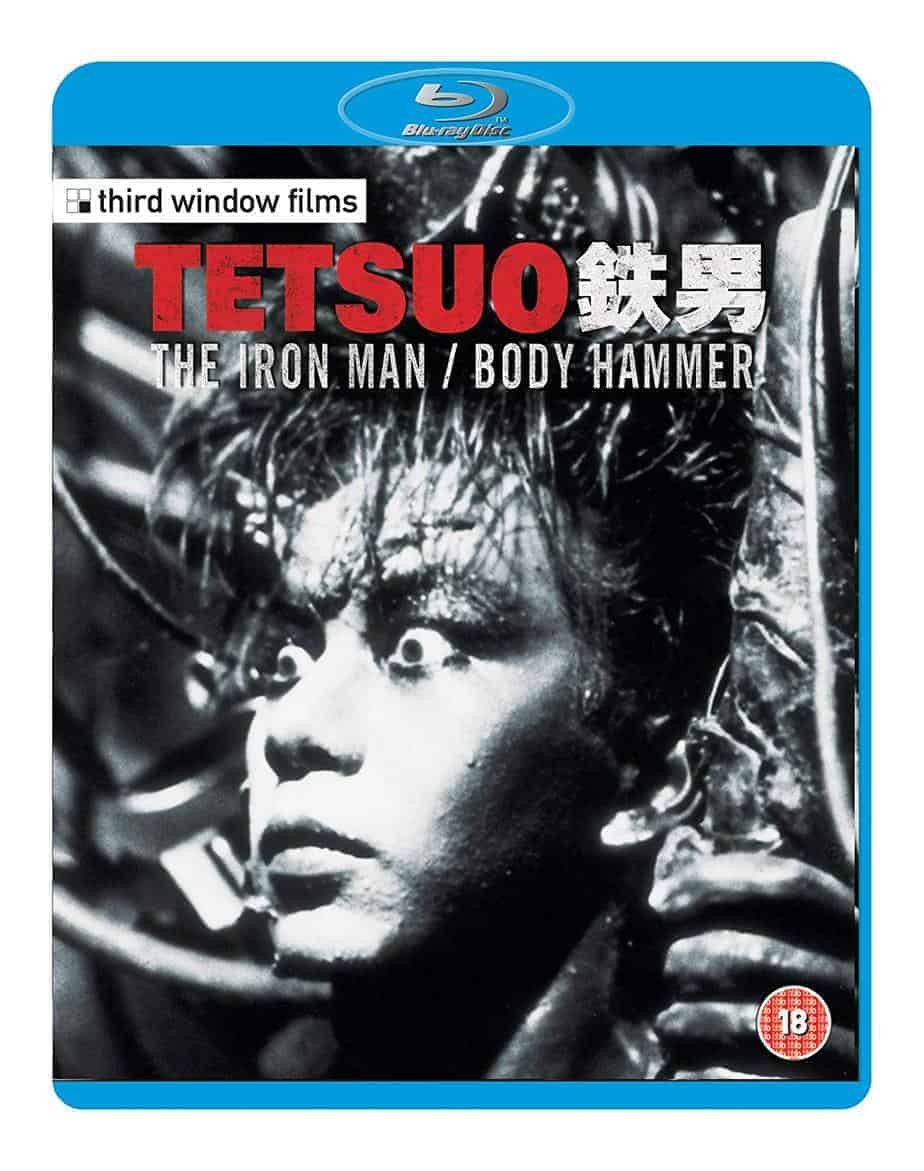
Although the notion of making a sequel is more likely associated with mainstream cinema, the director remarks he was open to the idea, especially because it is so unlikely. During the shooting of his second feature “Hiruko the Goblin” (1991), Tsukamoto had worked with new techniques and people he wanted to bring along when it came to producing the sequel to “Tetsuo”. Additionally, his reputation among cinephiles resulted in many people volunteering to work for him when he was searching for crew members, which led to a crew of nearly 60 people. However, at the end of production, the numbers had reduced dramatically – again, just like with the first film – to about 20 due to the difficult production.
In the end, the sequel to “Tetsuo” is almost generally referred to as a mixed bag, one which perhaps best reflects the working conditions during the shoot. According to author Tom Mes, Tsukamoto claims initial reactions were quite negative to his film, with many people leaving the screening at international festivals. Later on, he and his producer were told this had little to do with the film itself, but was a common occurrence during festival screenings. Nevertheless, “Tetsuo II: Body Hammer” is a problematic film to some degree, a fact even Tsukamoto himself would agree with, but it also opened the door for the international reputation of its director.
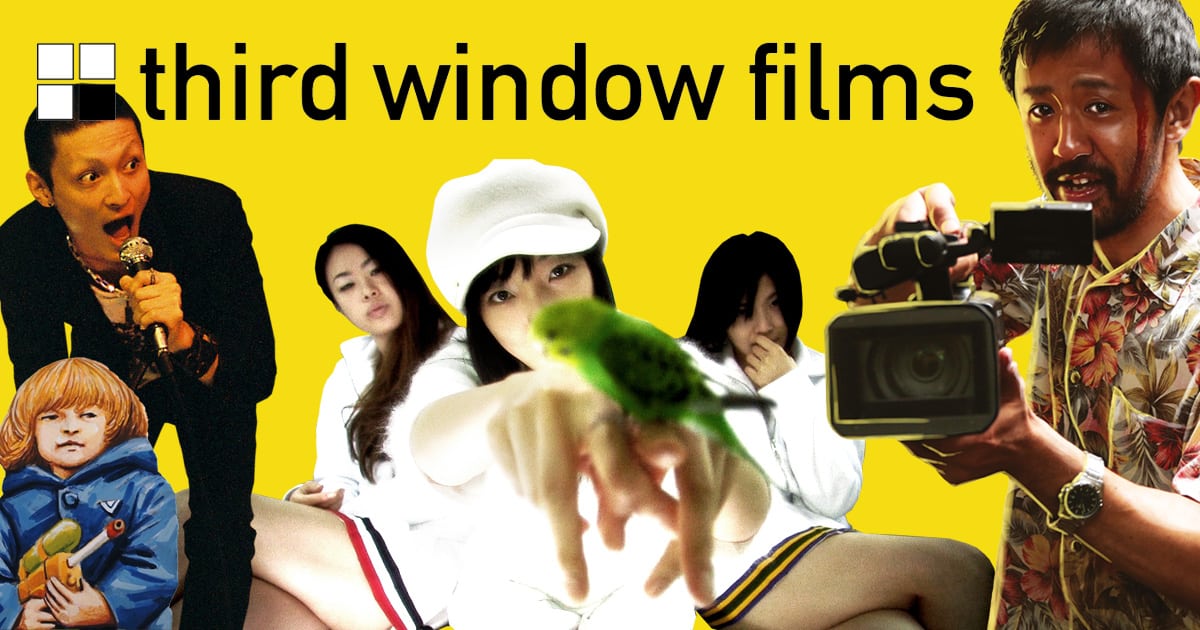
A young salaryman named Taniguchi (Tomorowo Taguchi) leads a good life as his job grants him a good wage and provides for him as well as his family, his wife Kana (Nobu Kanaoka) and his son Minori (Keinosuke Tomioka). But the family harmony is violently disrupted when a group of skinheads led by Yatsu (Shinya Tsukamoto) and a mysterious scientist (Torauemon Utazawa) assaults the three of them and attempt to kidnap Minori. Even though they can eventually escape the attackers, a second attempt has catastrophic consequences for the family.
Because of the nature of the attacks, Taniguchi witnesses a strange development in his body, as he is eventually able to strike back and shoot at his attackers. His body, little by little, transforms into an iron monster taking revenge for the attacks on his family.
Its flaws and inconsistencies notwithstanding, one cannot help but recognize the sheer force and dynamic nature of the sequel to “Tetsuo: The Iron Man”. In many ways, one can see both the growth of Tsukamato as an artist willing to experiment even more than in its predecessor, and a common theme emerging in his work, which is the alienation of men and women in the modern age. Whereas the characters created by his colleagues, such as Takeshi Kitano or Takashi Miike, would be incomplete without their urban habitat, Tsukamoto's characters share the same paradox of being linked to their environment while, at the same time, feeling somewhat out of place. The city, its reflective surfaces, the omnipresent cold blue of the camera are reminiscent of the European tradition of skepticism toward the progress of modernity expressed in the works of Michelangelo Antonioni or Jean-Luc Godard.
In the case of “Tetsuo II: Body Hammer” the city is divided into three parts: the apartment, the underground and the streets. The staccato editing, the use of vertical movement and the aforementioned use of blue as the ruling color in this setting create an almost hostile environment, one which is seemingly lifeless. Ironically, even the apartment of the family does not generate any warmth or feeling of “home”, it emanates anonymity as if to stress how this family is just one of many living the exact same life until their eventual demise. Nevertheless, Taniguchi and his wife still try to make ends meet and seem to get by quite well, if the furniture in their apartment is any indicator.
Similar to his role in the first film, again Tomorowo Taguchi plays a salaryman haunted by an inexplicable force and on the verge of an important transformation. With the apocalyptic ending of “Tetsuo” still in mind, Tsukamoto's script is anything but an embrace of the destructive nature of man. The combination of “body” and “hammer” indicates, already, a strong connection between the two, and as in the first film, the tools of destruction are within the physical shell of flesh and blood, an iron heart beating in our chest as one of the first images of the film shows.
Considering the hostile environment man and women have to live in, the regression towards a system of faith, a hyper-masculinity if you will, is the logical next step. Characters like the mad scientist and Yatsu have created a cult, a group of manic-looking bald men training their bodies in what seems to be an old iron plant. The post-industrial ruins of the past are the breeding ground for the next step in evolution, a world in which physicality and strength are the key to succeed. Logically, in order to make Taguchi's character realize his full potential, the termination of the “weak links” in his life, namely his wife and his son, are pivotal steps. Five years before Chuck Palahniuk would publish “Fight Club”, the idea of the cult is also in a way a satire on the kind of alienation Taguchi has been exposed to and his way out of his existential dilemma.
On a technical level, “Tetsuo II” sticks to the experimental nature of the series, but also evolves in many ways. The editing, the animation sequences, the make-up and the costumes seem more calculated at times, building towards the inevitable final confrontation between Yatsu and Taguchi, and also his final transformation. Tsukamoto takes more time introducing the characters , his themes and the mysterious cult, expressing his themes more clearly and making his sequel an often gruesome, but also quite clever film.
“Tetsuo II: Body Hammer” is a great progression to its predecessor. Even though its themes and characters bear similarities, the approach is much more refined while still containing the same kind of wildness which has become Tsukamoto's trademark. While there are some ideas, especially in the third part regarding the link between Yatsu and Taguchi, which seem a little out of place, the overall result is still a very rewarding viewing experience. In the end, Tsukamoto has made the true “iron man” long before the character would appear in mainstream cinema, an ironic, crazed, destructive force stopping at nothing in his effort to turn the word into an iron heart.
Sources:
1) Mes, Tom; Sharp, Jasper (2005) The Midnight Eye Guide to New Japanese Film. Berkeley: Stone Bridge Press
2) Mes, Tom (2005) Iron Man. The Cinema by Shinya Tsukamoto. Surrey: FAB Press



